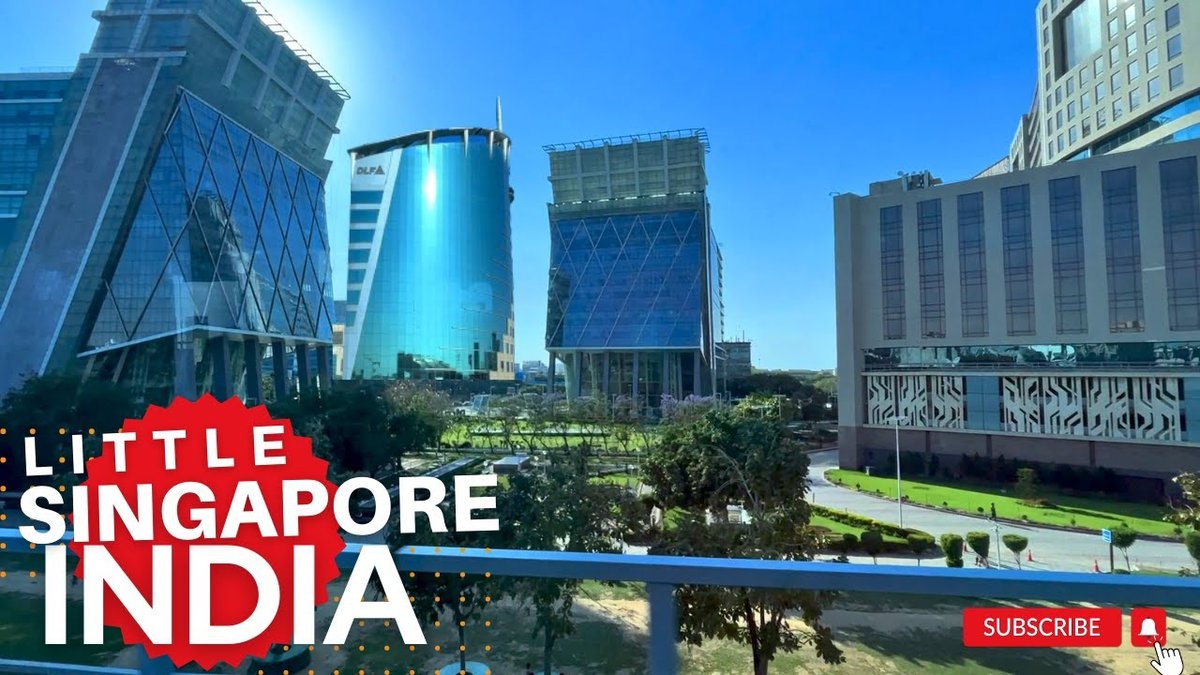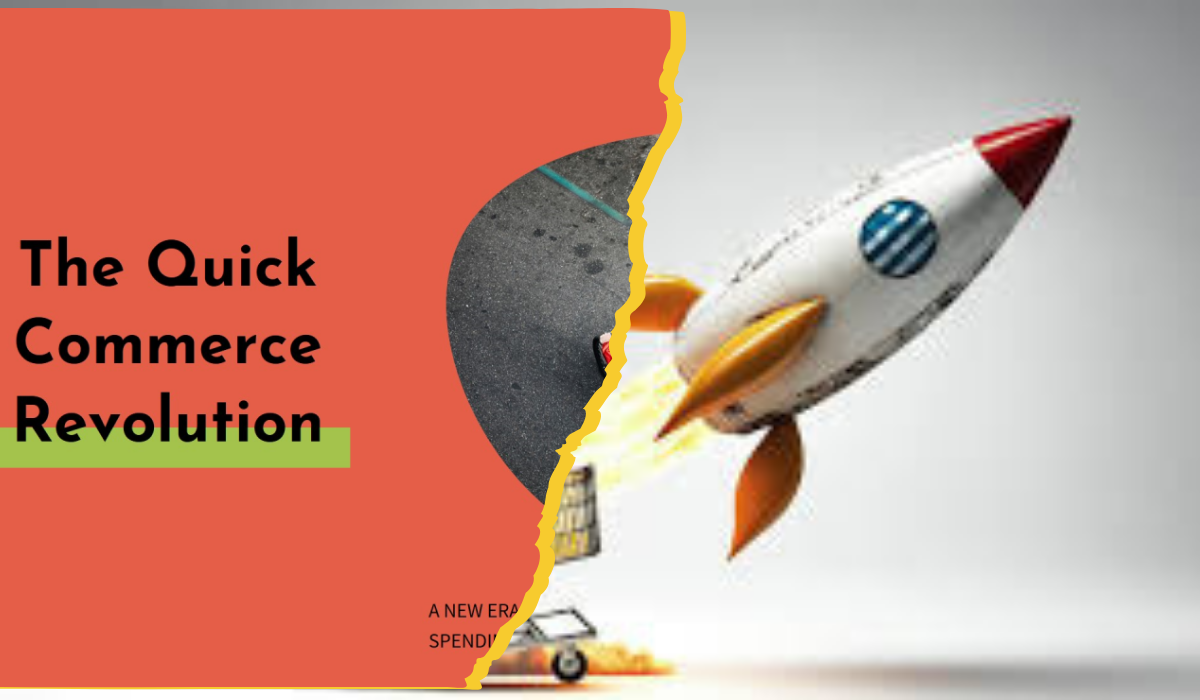In the bustling landscape of Indian e-commerce, a David has emerged to challenge the Goliaths. Meesho e-commerce revolution is redefining the rules of online retail, empowering millions of small sellers and reaching untapped markets across India. This article delves into how Meesho, a startup founded just nine years ago, has achieved profitability in a market dominated by giants like Amazon and Flipkart, all while democratizing internet commerce for everyone in India.
The Rise of Meesho: From WhatsApp Groups to Billion-Dollar Unicorn
Founded in 2015 by Vidit Aatrey and Sanjeev Barnwal, Meesho began with a simple observation: a shopkeeper in Koramangala was selling 40% of his garments through a WhatsApp group. This insight led to the creation of Meesho (originally called FashNear), which evolved from a WhatsApp-based platform to a full-fledged e-commerce app.
Key Milestones in Meesho’s E-commerce Revolution:
- 2015: Founding of FashNear
- 2016: Rebranded as Meesho 1.0 (B2B2C model)
- Post-COVID: Transition to B2C model
- Present: 1.8 million sellers, 120 million products, 120 million monthly active users
The Indian E-commerce Landscape: A Market Ripe for Disruption
To understand Meesho e-commerce revolution, we must first examine the broader context of Indian online retail:
- Current market size: $112.93 billion
- Projected growth: $299 billion by 2029 (164% increase)
- E-commerce penetration: Only 8% of total retail market
- Untapped potential: 60 million small and medium businesses contributing to 85% of overall retail
Pain Points in Traditional E-commerce:
- High commissions (30-40% of selling price)
- Low penetration in Tier 2 and 3 cities
- Long payment cycles (up to 19 days)
Meesho’s Unique Business Model: Empowering Sellers and Buyers
Meesho’s e-commerce revolution is built on a foundation of seller-centric policies and innovative revenue generation:
1. Zero Commission Model
- Sellers keep 100% of their selling price (minus a small fulfillment fee)
- Revenue generated through performance advertising by sellers
2. Performance Marketing for Small Businesses
- CPC (Cost Per Click) model
- Sellers can create targeted ad campaigns with flexible budgets
- 15-20% of listings are sponsored, maintaining a fair balance
3. Faster Payment Cycles
- Reduced from 19 days to just 7 days
- Improves working capital for small businesses
4. No Private Labels
- Unlike Amazon and Flipkart, Meesho doesn’t compete with its sellers
- Focuses on empowering small and medium businesses
5. Asset-Light Marketplace Model
- No inventory holdings
- Reduced operational costs and risks
6. Equal Opportunity for All Sellers
- No seller tiering or preferential treatment
- Attracts sellers from Tier 2 and 3 cities
7. Efficient Logistics
- Reduced shipping costs from 30% to 15-20% of average order value
- Plans to further reduce to 8-10%
The Impact of Meesho’s E-commerce Revolution
Meesho’s unique approach has led to remarkable results:
- 20-30% cheaper products compared to competitors
- 80% customer retention rate
- 32% year-on-year growth in active users (vs. 13% for Amazon and 21% for Flipkart)
- Profitability achieved in a hyper-competitive market
Addressing E-commerce Challenges
Meesho has implemented innovative solutions to common e-commerce issues:
Unlock Your Dream Home Today!
Get personalized real estate insights delivered straight to your inbox.
- Barcoded packaging
- Scan and pack programs
- 96% return success rate
- Refunds processed within 25 minutes (majority within 5 minutes)
Business Lessons from Meesho’s E-commerce Revolution
- Find Your Blue Ocean: Meesho targeted underserved Tier 2 and 3 cities while competitors focused on metro areas.
- Tap into Overlooked Markets: The potential in smaller cities and towns is often underestimated.
- Be the “Crocodile in the Yangtze”: As Jack Ma said, sometimes it’s better to dominate a niche than compete in the ocean with sharks.
- Solve Real Pain Points: Meesho addressed the core issues faced by small sellers, such as high commissions and long payment cycles.
- Leverage Technology: Use innovative solutions like performance marketing tools and efficient logistics to create a competitive edge.
- Build Trust: Implement transparent policies and efficient processes to gain the trust of both sellers and buyers.
- Stay True to Your Vision: Meesho’s commitment to empowering small businesses has been key to its success.
The Future of Meesho’s E-commerce Revolution
As Meesho continues to grow and innovate, it’s clear that the Indian e-commerce landscape is evolving. With giants like Flipkart launching Shopsy and Amazon announcing Amazon Bazaar, the competition is heating up in the value-focused e-commerce segment.
Meesho’s success story demonstrates that there’s still room for innovation and growth in the e-commerce sector, especially when focusing on underserved markets and sellers. As the company continues to expand and refine its model, it will be fascinating to see how Meesho e-commerce revolution shapes the future of online retail in India and potentially beyond.
For entrepreneurs and investors alike, Meesho’s journey offers valuable insights into the power of identifying market gaps, leveraging technology, and staying true to a vision of empowerment and inclusivity. As the e-commerce landscape continues to evolve, the lessons from Meesho e-commerce revolution will undoubtedly inspire the next generation of innovative online businesses.
By focusing on the needs of small sellers and value-conscious buyers, Meesho has not only built a profitable business but has also contributed to the digital transformation of India’s vast retail sector. As we look to the future, it’s clear that Meesho e-commerce revolution is just beginning, and its impact on the Indian economy and e-commerce landscape will be felt for years to come.
Meesho is an Indian e-commerce platform founded in 2015 by Vidit Aatrey and Sanjeev Barnwal. It started as a WhatsApp-based platform called FashNear, enabling small sellers to reach customers through social media.
Meesho operates on a zero commission model, allowing sellers to keep 100% of their selling price, and focuses on empowering small and medium businesses rather than competing with them.
Key milestones include its founding in 2015, rebranding as Meesho in 2016, transitioning to a B2C model post-COVID, and currently boasting 1.8 million sellers and 120 million monthly active users.
Meesho addresses pain points such as high commissions and long payment cycles by implementing a zero commission model and reducing payment cycles from 19 days to 7 days.
Meesho has improved logistics by reducing shipping costs from 30% to 15-20% of the average order value and plans to further reduce these costs to 8-10%.
The Indian e-commerce market is currently valued at $112.93 billion and is projected to grow to $299 billion by 2029, representing a 164% increase.
Meesho has achieved an impressive 80% customer retention rate, significantly higher than many competitors in the market.
Meesho has a 96% return success rate and processes refunds within 25 minutes, with the majority being completed within 5 minutes.
Entrepreneurs can learn the importance of identifying market gaps, leveraging technology, addressing real pain points, and staying true to a vision of empowerment and inclusivity.
As competition increases with giants like Flipkart and Amazon launching their own value-focused platforms, Meesho's focus on underserved markets and small sellers positions it well for continued growth and innovation in the e-commerce sector.
DISCLAIMER
The information provided on this website is for general informational purposes only. While we strive to keep the content up-to-date and accurate, we make no representations or warranties of any kind, express or implied, about the completeness, accuracy, reliability, suitability, or availability of the information, products, services, or related graphics contained on this website.
In no event will we be liable for any loss or damage including without limitation, indirect or consequential loss or damage, or any loss or damage whatsoever arising from loss of data or profits arising out of, or in connection with, the use of this website.
Real Estate Investment Risks
Real estate investments involve significant risks and market volatility. Property values, rental rates, and market conditions can fluctuate. Past performance is not indicative of future results.
Before Making Real Estate Decisions
Before making any real estate decision, we strongly advise you to:
- Conduct thorough due diligence
- Consult with qualified legal, financial, and real estate professionals
- Carefully review all relevant documents and contracts
- Consider your personal financial situation and investment goals
This website does not provide legal, financial, or investment advice. All content is for informational purposes only and should not be construed as professional advice or recommendations.
By using this website, you acknowledge and agree to these terms. We reserve the right to modify this disclaimer at any time without notice.







